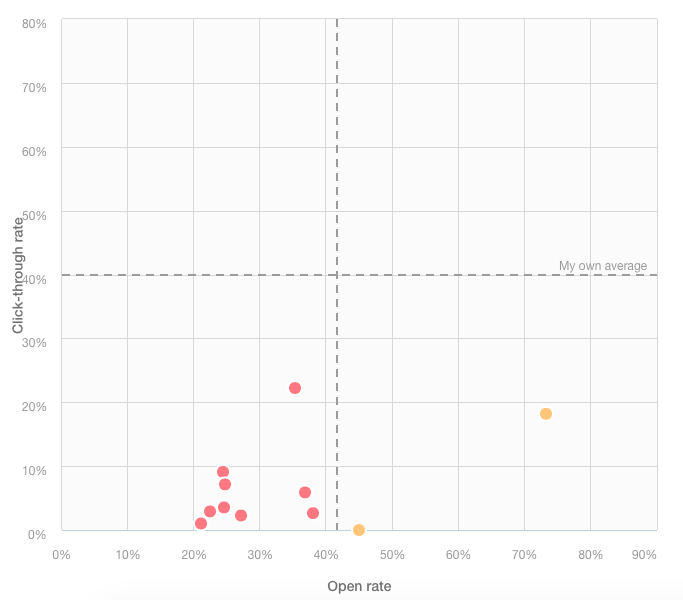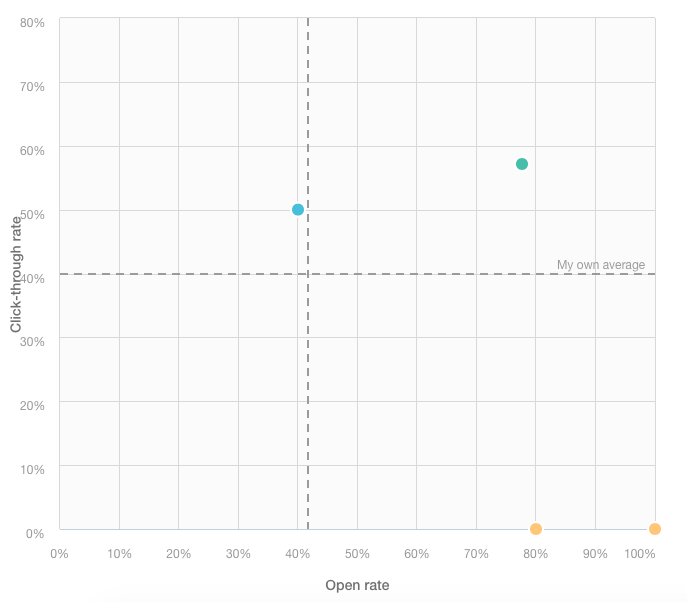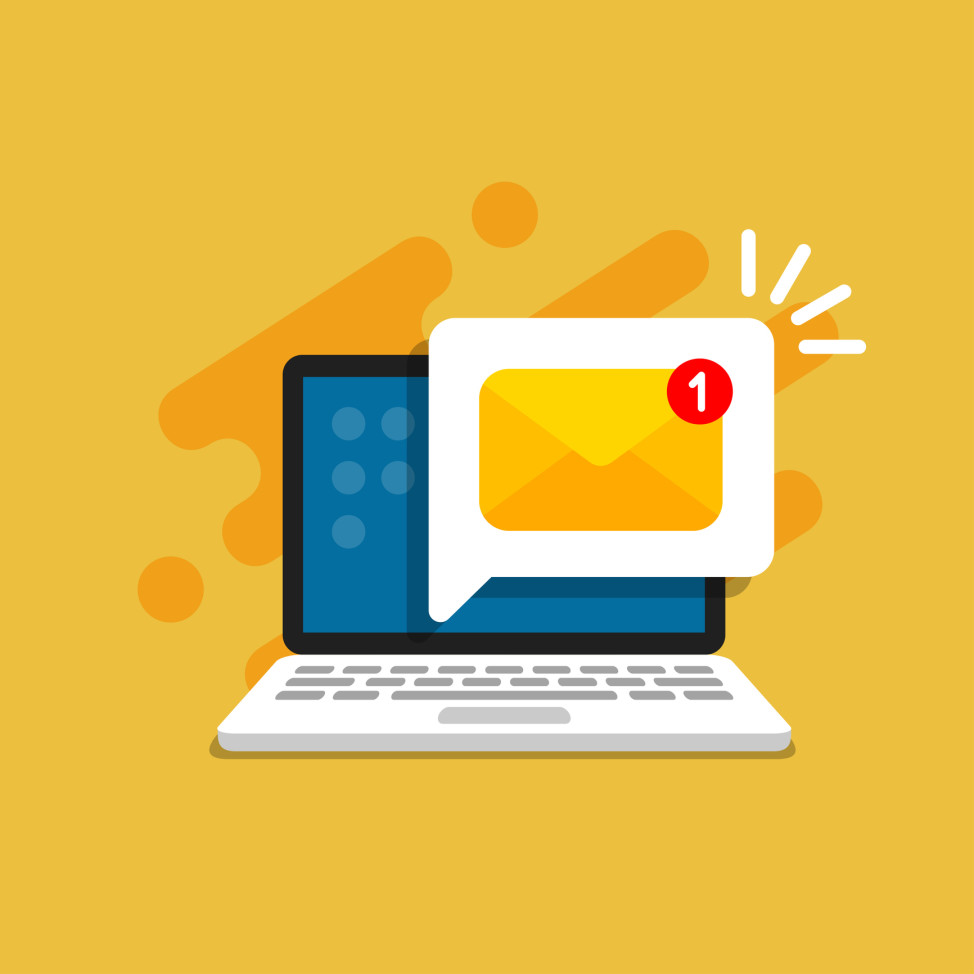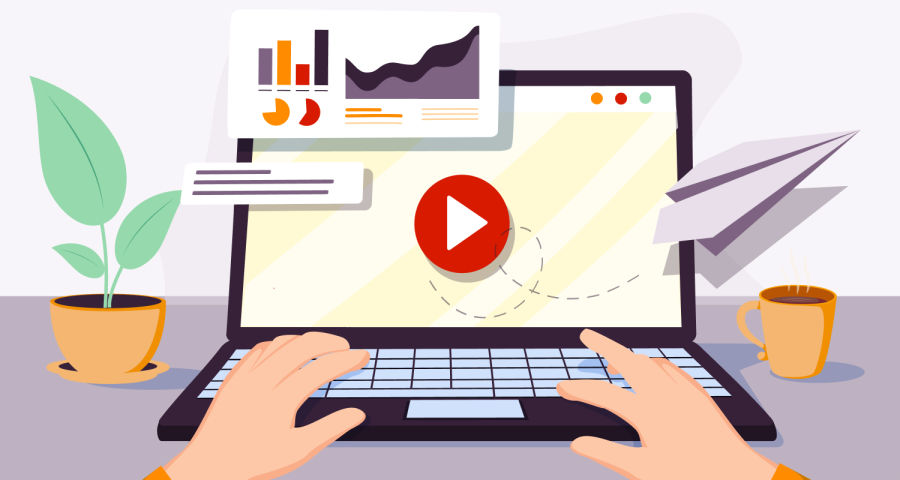//
Jun 27, 2022
Should You Ditch Your Marketing Newsletter?
“You’ve got mail!”
In the early days of email, messages were strictly for interpersonal communication between family, friends and coworkers. Today, email has become a major marketing tool for businesses to communicate with consumers through both promotional emails and a marketing newsletter.
As a business owner in the 21st Century, your marketing strategy most likely contains some form of online tactic, and if you’re like of B2B and B2C businesses, you probably communicate with consumers through email.
Marketing newsletters help you reach out to consumers and keep them up-to-date on what’s going on with your business and industry, but what if your newsletter isn’t providing stellar results? One month consumers don’t seem at all interested and the next they interact minimally with the content you send them. Should you completely scrap your newsletter altogether and develop a new strategy?
NEWSLETTERS VS. EMAIL MARKETING
Before you start ripping your newsletter template to shreds, let’s discuss the difference between marketing newsletters and email marketing. While the two are very similar in the sense that you are creating messages and sending them out to consumers via email, the two are, in fact, very different.
Perhaps the biggest difference between marketing newsletters and email marketing is that newsletters aren’t sales-driven. While they do promote your business, they do not typically discuss sales promotions, offer coupons or push for consumers to buy.
Rather, newsletters are meant to reinforce your industry expertise and nurture customer relationships by providing informing, educating, and entertaining content. LinkedIn Online Marketing Strategist, , suggests thinking of your newsletter like a traditional newspaper. It should be delivered to consumers consistently and offer interesting, informative content that is not overwhelmed by ads and sales promotions.
Email marketing, on the other hand, falls under your and aims to sell. Although customers must also enroll to receive your email marketing messages, when it comes to email marketing, they are often filling out a form on a landing page or social media, and email marketing is almost always focused on converting leads into consumers and increasing sales.
A typical email marketing plan is organized into a series of emails. When a potential lead fills out a form on your website, they generally receive some type of content in return (e.g., coupon, ebook, etc.). They then receive a series of automated messages with additional related content and promotions, which encourages them to move further down the sales funnel.
Depending on their behavior and interaction with the series of messages, consumers will be further segmented to receive different targeted messages, whereas all newsletter subscribers will receive the same message regardless of their interaction with it.
DOES A NEWSLETTER BENEFIT YOUR BUSINESS?
Now that we understand the difference between a marketing newsletter and email marketing, let’s jump back to our original question: Should you ditch your current newsletter?
Like almost every other question that arises in the marketing world, the answer is it depends. The advantages of a newsletter depend on your business’ marketing needs, industry and consumers. We’ll take Watermark, as an example. As a , we serve other businesses by providing marketing services and collateral to help them communicate with their target markets.
Last year, we ran a marketing newsletter trial run, sending out bi-weekly emails, called Smart Talk (not to be confused with our blog), to our clients for roughly six months. After analyzing metrics and the newsletter’s performance, we determined that our business wasn’t the best candidate for newsletters, and rather, we should stick with email marketing and sharing our content through social media.
Smart Talk Email data (1) compared with our email marketing efforts for our (2):


If you don’t currently have a newsletter, start with your budget. If you have excess marketing funds, don’t be afraid to test an email newsletter. Try out a few different design styles, content presentations, or even an A/B test to see how consumers respond.
For those with a newsletter already going out to consumers, analyze its performance to see if it is truly giving your the ROI it should be. Consider the following metrics and how they change over a period of time, ideally, at least one to three months:
- Subscriptions—Is your content attracting new customers or driving current ones away?
- Open rate—Are consumers opening your newsletters or immediately throwing them to the spam/trash?
- Click-through rate—Are consumers interacting with your messages and acting on your call-to-action statements?
With this data in mind, after a few months, analyze and make adjustments. If you see improvements, continue sending your newsletter to consumers. If not, like Watermark, your business may not be the best fit for a newsletter.
BUILDING A STRONG NEWSLETTER
If, after your analyses, you determine your business is a good fit for a marketing newsletter, it’s important to take time to develop content in a way that brings consumers back for more. Ensure that each installment of your newsletter offers content that is worth your customers’ time by including:
- Attention-grabbing headlines that entice readers to open the message
- Offer incentives for subscribers to continue reading
- Routinely delivered content (pick a schedule and stick to it)
- Always include a call-to-action in every newsletter
- Keep content concise, easy-to-read and organized
- Design a mobile-friendly responsive newsletter
- Allow for easy unsubscribing
Consider using Big Commerce’s 90/10 rule: in each newsletter, provide consumers with 90 percent informational content and 10 percent sales material. Use your newsletter to boost client relationships and build their trust in your business. Customers with loyalty to a particular brand spend more than the average customer.
Overall, deciding whether or not to toss out your marketing newsletter comes down to your business's situation and . Newsletters are great tools for building consumer relationships and establishing industry expertise, but they are not the only tools out there. Be sure to remember that the same marketing strategies don’t work for different companies. Marketing success derives from finding the right set of tools for your business and using them effectively to communicate with your customers.
About Watermark:
As an inbound-driven marketing agency, we strive to captivate your audience and elevate your brand through Smart Design and Creative Solutions. We believe marketing is a collaborative effort, achieved by practicing agility and working cohesively with your team, not for it. Using data-driven solutions, we implement the best practices necessary to help your business exceed KPIs.
Take your marketing to the next level with a free assessment:
Eager to take your to the next level? Speak with our team today!







